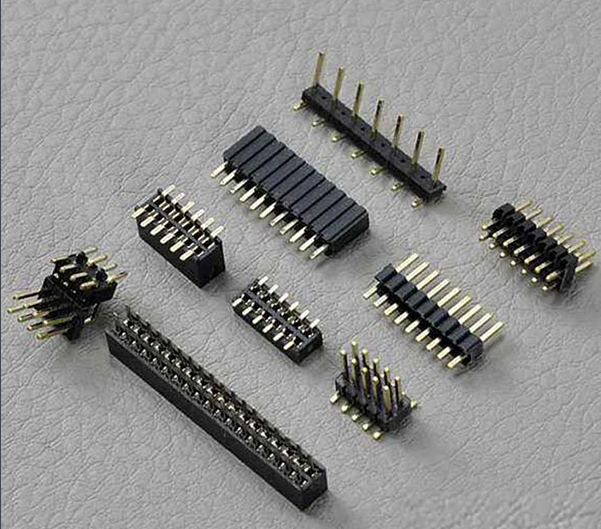Basic performance of board-to-board Connectors
The basic performance of board-to-board connectors can be divided into three categories: mechanical performance, electrical performance and environmental performance.

1.Mechanical properties As far as the connection function is concerned, the insertion and withdrawal force is an important mechanical property. Inserting and pulling force is divided into inserting force and pulling force (pulling force is also called separation force), and the requirements of the two are different. In the relevant standards, there are greater insertion force and minimum separation force provisions, which indicates that from the point of view of use, the insertion force should be small (so that there is a low insertion force LIF and no insertion force ZIF structure), and if the separation force is too small, it will affect the reliability of contact.
Another important mechanical property is the mechanical life of the board-to-board connector. Mechanical life is actually a durability index, which is called mechanical operation in the national standard GB5095. It is based on one insertion and one withdrawal as a cycle, and whether the connector can normally complete its connection function (such as contact resistance value) after the specified insertion and withdrawal cycle is used as a basis for evaluation.
The insertion force and mechanical life of the board-to-board connector are related to the contact structure (positive pressure) and the coating quality (sliding friction coefficient) of the contact part and the dimensional accuracy (alignment degree) of the contact part.
2.Electrical performance mainly includes contact resistance, insulation resistance, current and electrical strength.
Contact resistance: A high-quality electrical connector should have a low and stable contact resistance. Connectors have contact resistance ranging from a few milliohm to tens of milliohm.
Insulation resistance: A measure of the insulation performance between electrical connector contacts and between contacts and the housing, in the order of hundreds to thousands of megohm.
Electrical strength or voltage resistance: The ability to withstand the rated test voltage between the connector contacts or between the contacts and the housing depends on the gap between the circuits (that is, the distance between the contacts and the creepage distance) and the insulation material used in the connector.